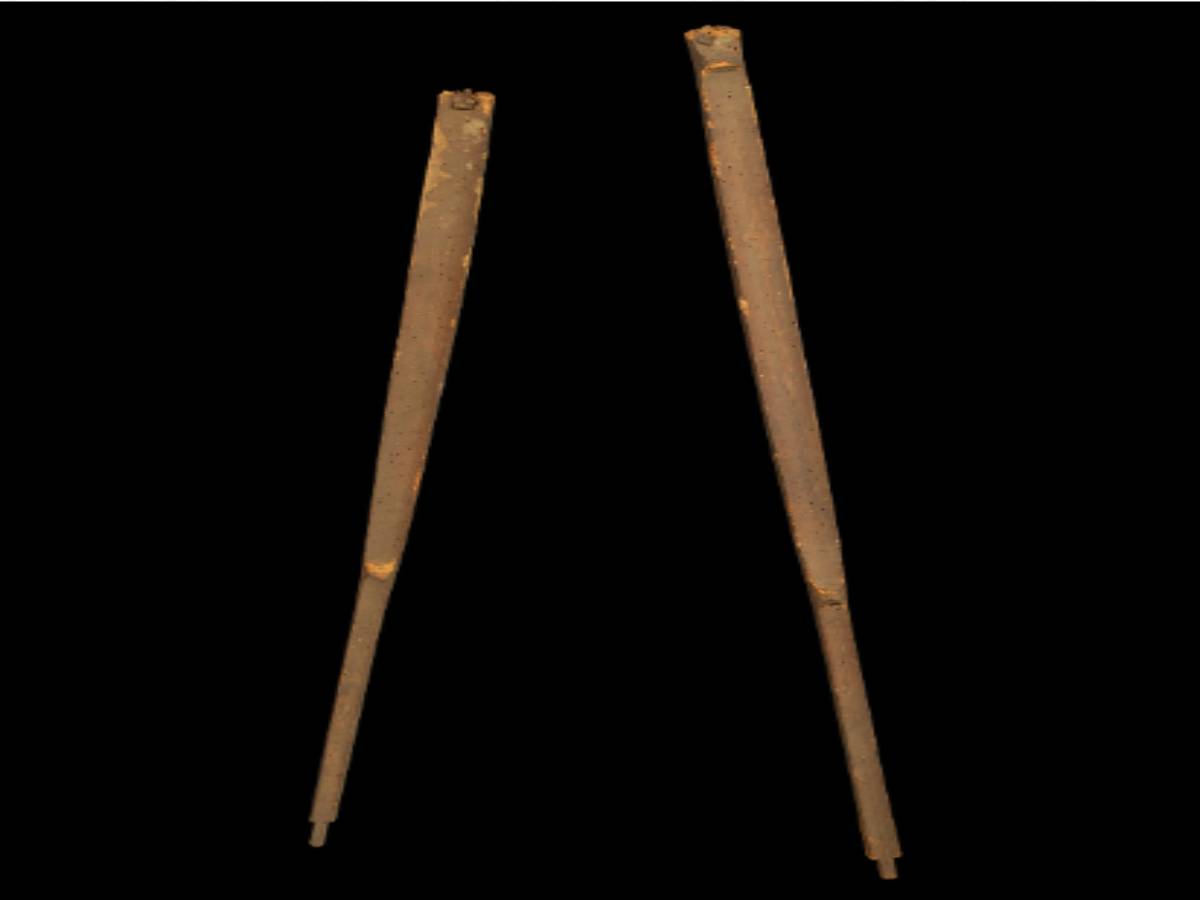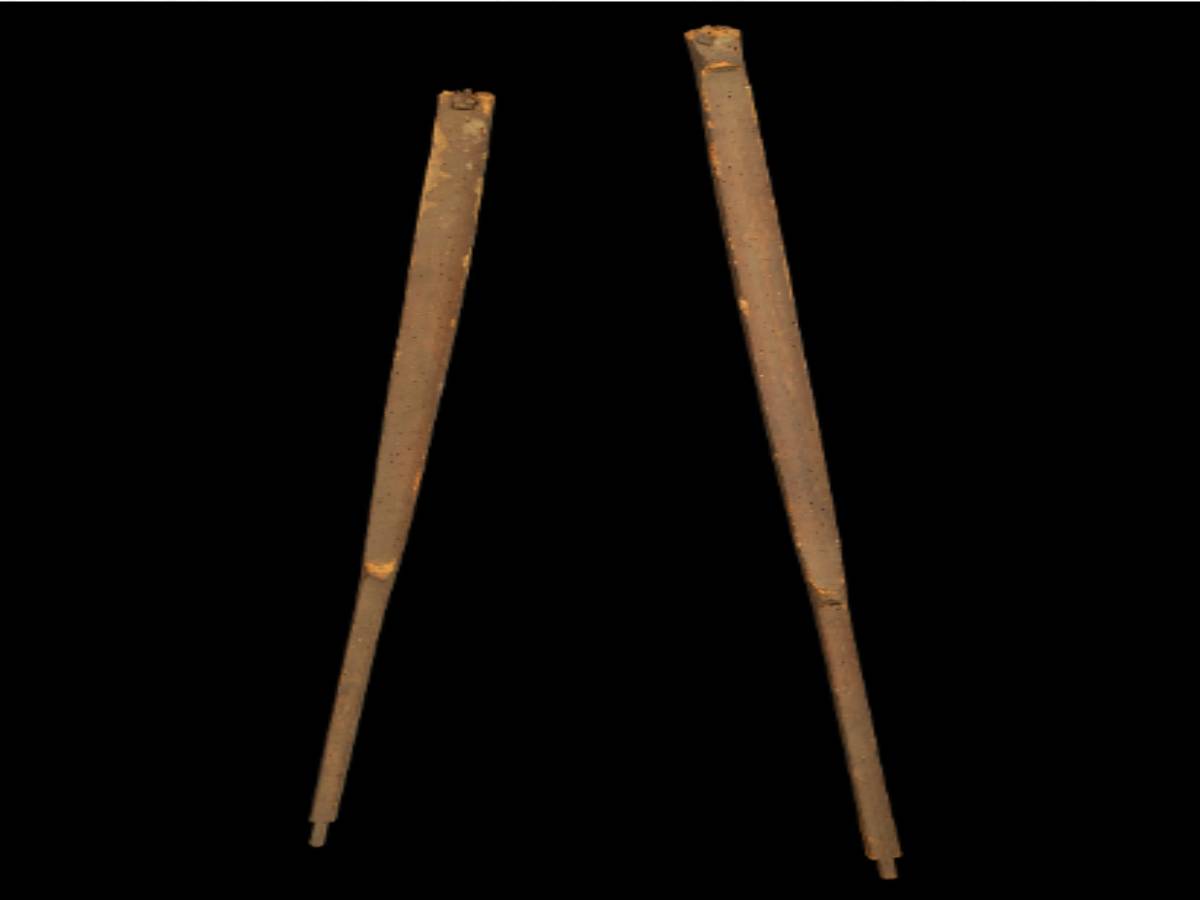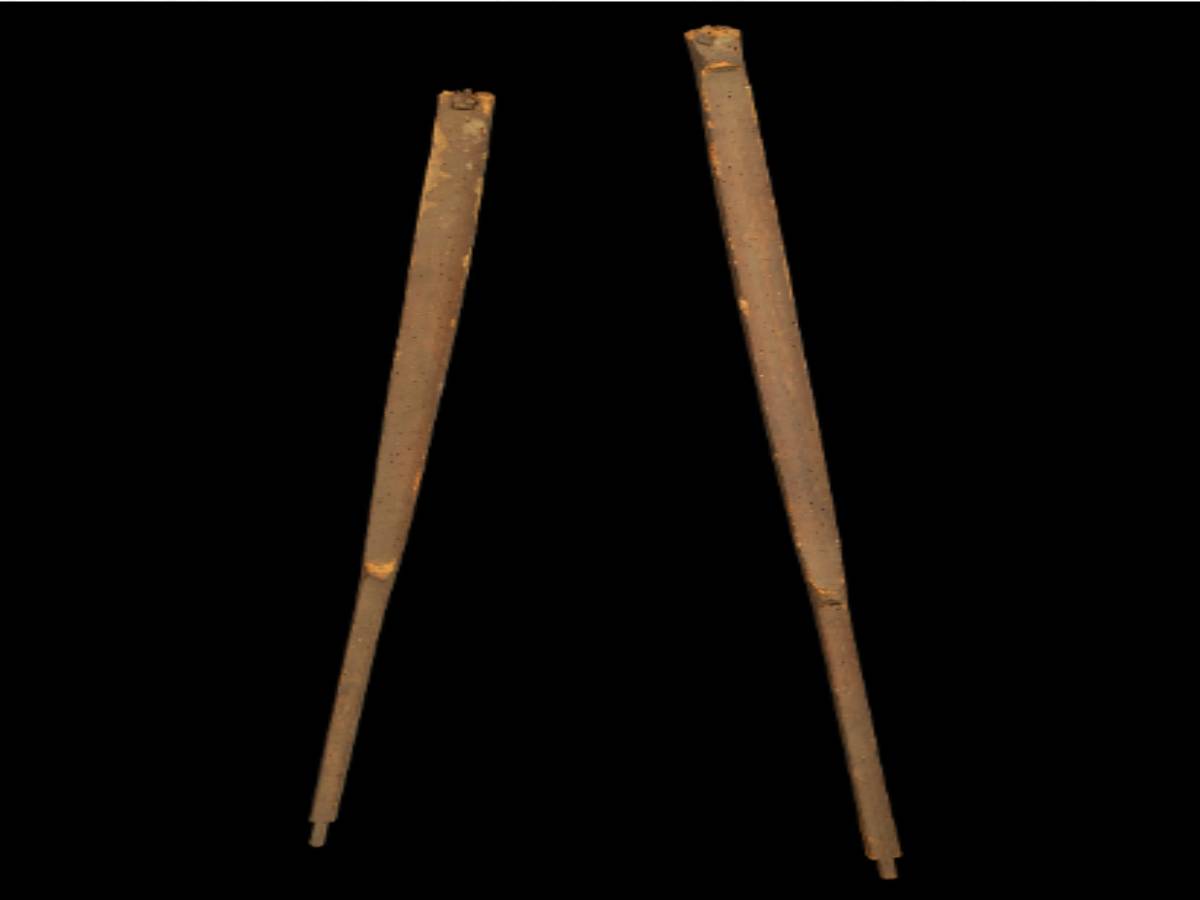State
Tribe Name
Art Type
short description
This bow stave is native to the Kuki people residing in Manipur. This traditional bow stave is reflected stormily to the circumstances of manufacturing a bow with the native form. Elongated, slightly curved, and broken into two split bamboo pieces, the stave defines the basic shape of a bow but before the string gets tied on the ends where the elevation-notched and each individual piece sports one with a notch on the end, to hold the bowstring. Partial though the stave is, it clearly indicates the resourcefulness of the tribe in using flexible, strong local bamboo to make hunting implements for a woodsy environment.
Thumbnail

Filter Postion
Left
Filter Background
Off
Theme
Filter Header Image

content
Image

description
This bow stave is native to the Kuki people residing in Manipur. This traditional bow stave is reflected stormily to the circumstances of manufacturing a bow with the native form. Elongated, slightly curved, and broken into two split bamboo pieces, the stave defines the basic shape of a bow but before the string gets tied on the ends where the elevation-notched and each individual piece sports one with a notch on the end, to hold the bowstring. Partial though the stave is, it clearly indicates the resourcefulness of the tribe in using flexible, strong local bamboo to make hunting implements for a woodsy environment.
Bamboo is light and durable, so it made an excellent material for making bows quickly and efficiently for hunting and defense. Thus simple design inevitably indicates the utilitarian aspect of the tribal design, where often the form is determined by function. Even in this crude form, the stave has cultural and historical meaning, revealing techniques in weapon-making by tradition.
Bamboo is light and durable, so it made an excellent material for making bows quickly and efficiently for hunting and defense. Thus simple design inevitably indicates the utilitarian aspect of the tribal design, where often the form is determined by function. Even in this crude form, the stave has cultural and historical meaning, revealing techniques in weapon-making by tradition.
Image Mode
portrait
promoted
Off
Verified
Off
